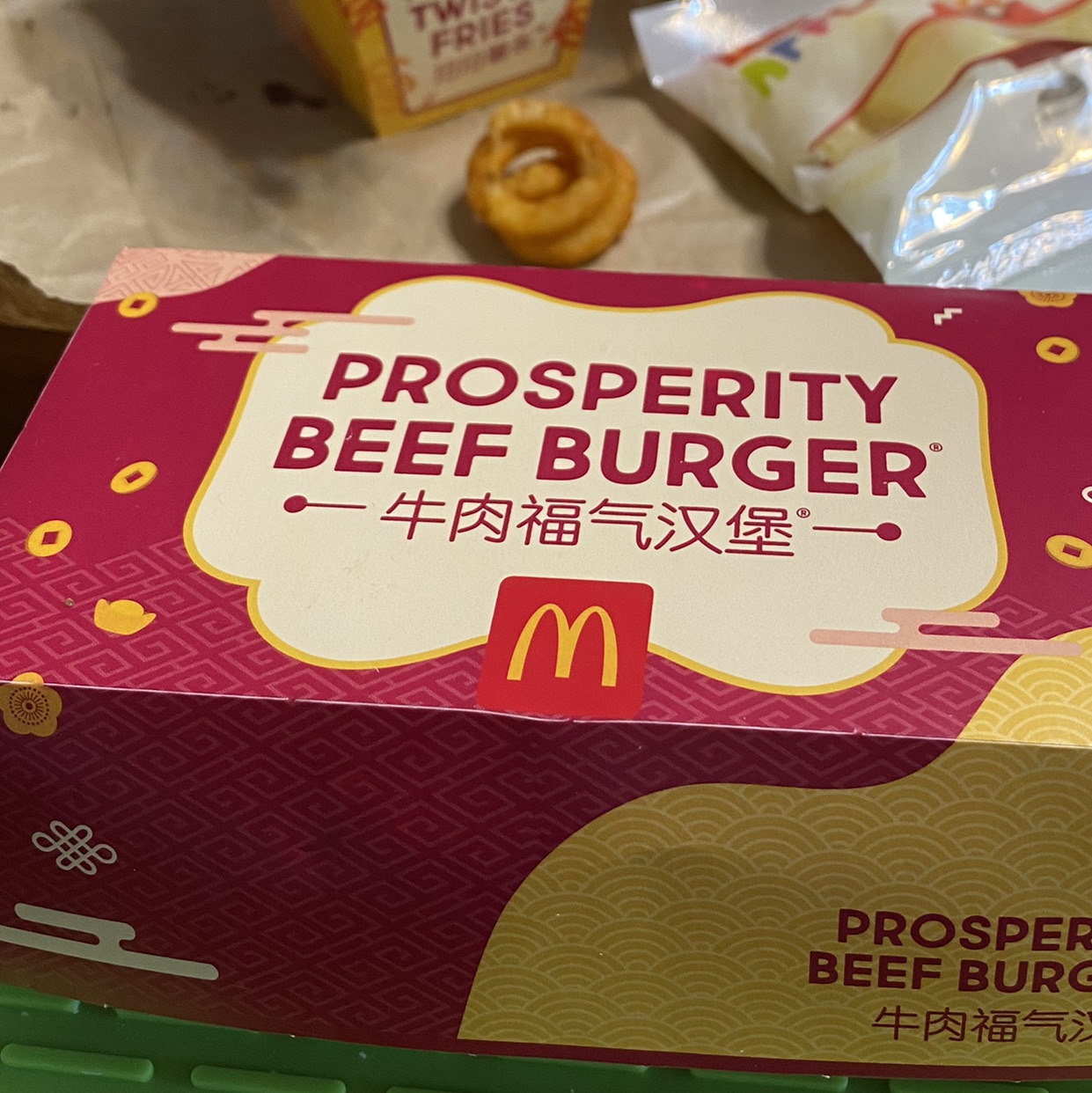
KRPK
暂无个人介绍
IP属地:未知
457关注
14粉丝
0主题
0勋章
Will you buy Tesla cars or Tesla shares? Which isbetter?
1 Question Tesla Investors Need to Ask Themselves
More projections but controlled as usual.
What will Apple say about the next iPhone at earnings time? Maybe more than usual
The higher the better. Go go go.
S&P 500, Nasdaq post record closing highs after Fed minutes
The banker always win.
Goldman Sachs is joining the robo-investing party — should you?
And what will happen as Netflix also give out freegames…
3 Best Video Game Stocks to Buy in the Next Market Crash
Ride
抱歉,原内容已删除
As long as people are in it, it will go up. And see Tesla boss. Will be support. Haha
The Meme Stock Trade Is Far From Over. What Investors Need to Know.
Looks like prices of things are going to go up up up!
$100 oil? Analysts predict the outlook for crude prices after a strong rally in the first half of 2021
You wished you had loads of Apple shares from long ago right?
Apple’s business is roaring, and investors are about to find out how much of that cash is coming their way
A great way to fly
Singapore Airlines defers $4 billion of spending on Airbus, Boeing planes
Wonder what cryptocurrency he is buying? Dog memes again?
抱歉,原内容已删除
Price of cars goes up. Hopefully will show in share prices too. Yay
Tesla hikes price of Model X, Model S variants by $5,000
Buy the dip?
Bitcoin plunges 15% in biggest intraday drop since February
Up up up
S&P 500 closes flat near record high in another muted session ahead of key inflation data
10 years is quite long! But patience is a virtue
4 Game-Changing Stocks That Can Turn $200,000 Into $1 Million (or More) in a Decade
Yes.
Will Netflix Be a Trillion-Dollar Stock by 2030?
Tesla oh tesla
Tesla Stock Has Been on Fire This Week. Here Are 4 Reasons.
Really? Is it time to travel around?
抱歉,原内容已删除
No Apple and Google?
5 of the Best Tech Stocks to Buy for July
I actually look forward to it!!
Windows 11 will look different from what you're used to — here are some of the biggest changes
去老虎APP查看更多动态